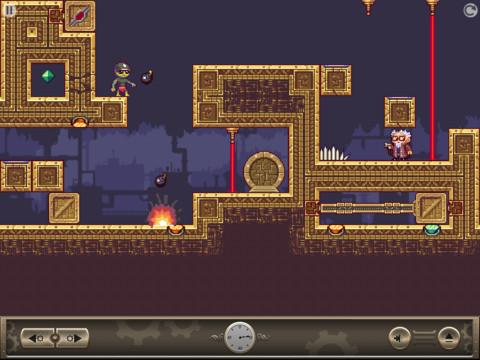


It also took her through the states of anxiety, drunkenness, disorientation, and heat exhaustion. Her journey took her through the states of Utah, Nevada, New Mexico, Arizona, and Texas. Only 10 of the images have been published before.Įrin Hogan hit the road in her Volkswagen Jetta and headed west from Chicago in search of the monuments of American land art: a salty coil of rocks, four hundred stainless steel poles, a gash in a mesa, four concrete tubes, and military sheds filled with cubes. In addition, the works of 17 contemporary artists show that the Mount Robson area continues to stimulate landscape art up to the present. Coleman, the first explorer, and Group of Seven members A.Y. This volume includes an extensive Introduction with historical and cultural background to the 50 colour plates, all documented and described, illustrating artists' works in a variety of styles and media from 1907-2012. Mount Robson: Spiral Road of Artcelebrates the centennial of Mount Robson Provincial Park with over a century of remarkable landscape paintings inspired by the Robson region in the Canadian Rockies. Her great enjoyment of the outdoors and a lifelong interest in art were combined with her academic background in writing and research. She travelled from her home in Vancouver many times during the summer months to hike in the mountains, and her love of the alpine landscape eventually inspired her to study the artists who have painted in the Rockies. When Jane Gooch first camped at Lake O'Hara in 1975, she could not have foreseen how important the Rockies would become in her life. He also discovers some family secrets, when a chance remark by his father prompts him to examine some old family papers.But most disturbing of all are the secrets of his young nephew, Omar, recently returned from America with a quiet steeliness in his gaze. Haunted by his own experiences as a soldier in Bangladesh's war of independence, he is surprised by the shifting, complex attitudes of his old friends and neighbours.

As Masud reacquaints himself with his family and with Bangladesh, he realises how little he really knows them. He also begins to realise how far his family's fortunes have fallen, and how hard his brother Zia has had to work to keep them all afloat.

Now his father, Abba, is dying, drifting in a haze of Alzheimer's, and Masud has returned to Bangladesh to say goodbye and to reconnect with his family.Unmarried, he instantly becomes the focus of his mother's match-making, which involves a local woman, Alya, who runs a factory providing jobs for rural women in a nearby village. Masud Alam has lived in Australia for the past 30 of his 53 years. This multidimensional account reveals the challenges of balancing traditional customs and values with vibrant changes imposed by governing authorities. Ye: his ideas for expanding the villagers’ wealth, his manipulation in establishing lucrative businesses in Lin Village, and his arrangements to secure jobs for his family members and close kin. Based on the author’s continuing trips to China, the second edition provides in-depth details of the effects of change-Taiwanese investment, large-scale production, international marketing, new lifestyles-and the ongoing story of Mr. Beginning with the Communist Party’s rule and Mao’s Great Leap Forward in the early 1950s to privatization and economic development in the 1990s, Huang’s compelling work unravels turbulent events that affected individuals and families in Lin Village, including government control in peasants’ daily lives. Through the eyes of Party Secretary Ye Wende, anthropologist Huang Shu-min combines a life history approach with participant observation to illustrate the path of change in a village in southeast China. The Spiral Road has since become essential reading for understanding the dramatic transformations reshaping the lives of China’s peasants. “An exceptional look at contemporary rural China,” stated Library Journal when The Spiral Road first appeared.


 0 kommentar(er)
0 kommentar(er)
